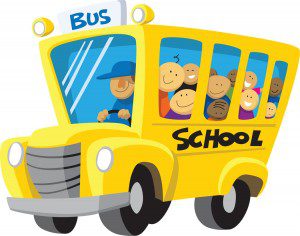 More on the theme of dreaming with kids. Dream teacher Jane E. Carleton interviewed me on the subject of bringing dreaming to schools. Here is part of our conversation:
More on the theme of dreaming with kids. Dream teacher Jane E. Carleton interviewed me on the subject of bringing dreaming to schools. Here is part of our conversation:
JC: In bring dreaming to schools, to say a school assembly, and working with a large group of children, students in a school assembly, what would be a very productive way to do more than just talk about the dream? I know dream theater is one thing we can do. Are there any other ideas you have on approaching a large group of students?
RM: Well, dream theater is terrific. If you’re going to keep a large group of people engaged and entertained at the school level, you want some movement and you want some drama. It doesn’t necessarily have to be a scene by scene dream theater. But if you’re having a dream told and being sketched out through movement, body language, play acting, people being put into roles as it’s being told; it’s terrific. If you have a dream with mountains and an eagle flying over the mountain, as it’s being told have the kid choose, or have people volunteer, to play the mountains or the eagle, so people are getting into participating in the dream telling with their body and that’s great.
If it’s an assembly you want to be alert for the possibility that dreams and synchronicities and other stories that are brought by kids in that assembly might offer guidance, inspiration, or just plain fun for the group. You know, so you might look for somebody who has a dream from the night before to tell that dream and see what luster it offers to the gathering that day.
JC: Now if I’m working with children in a school setting and I have a student come up to me who’s very concerned about the nightmares that she’s been having, and I know within the context of a school there’s only so far I can go in working with that student. Do you have any recommendations on how to work in that situation?
RM: If you’re working in a school situation presumably there’s a counselor or a teacher who can become your ally in helping a child with the consequences of doing the dreamwork. Let’s be alert to this. Children are not independent, free agents in life and sometimes their dreams reflect situations where they need adult help and care and sometimes these situations are not straightforward.
For example, a child’s dream may reflect an at-risk situation at home. What are you going to do about that? Of course the family is not going to be entranced if such material is coming up in dream sharing in the school environment. So there are problems right there. But suppose, for the sake of the argument, that the child has shared a dream which concerns you as possibly reflecting a situation where the child or someone else in the family needs help or protection against a bad situation developing at home. You need a counselor or teacher or someone in a relative authority position who can help follow up on that and be present for the child and deal with the family if necessary. You don’t want to be alone and unsupported without that kind of ally in dealing with a kid in a school situation. Working with your own children or a friend’s children would be a different situation. We’re talking about a public situation in a school.
There’s another aspect of this that requires follow up. You know, dreams are precognitive. They show the future. Kids dream the future, they dream scary things that might happen in the future and you need to be alert to the possibility to help the child or others involved in the situation to use information about the possible future to avoid a bad event. The child may need help from adults who are in a caregiver or protective situation to deal with that. So those are situations you need to be prepared for in going into depth with dreamwork in a school situation. They’re not obvious or easy solutions because you have the feelings and situation of the family to consider. But as a rule of thumb, if you as a dreamworker are going into a school situation, you want to be sure that you have the support and the backup available of the school counselor, the teacher, or someone in that scene to assist with what might need to be done after the sharing.
When it comes to working with the scary dreams and nightmares that can be resolved in the dreamspace, it’s a much clearer situation. If the child is scared by dragons you can teach them how to chase the dragon back and deal with that. If the child’s scared of formless things in the night that do not reflect a bad at home, you can help them to move out that energy. But there are these external situations reflected in dreams that come to light through dream sharing, where the kid is going to need support beyond what you can offer in a dreamwork session and you need to have a strategy for offering that support and not leave that vague.

